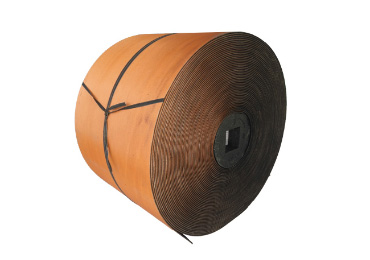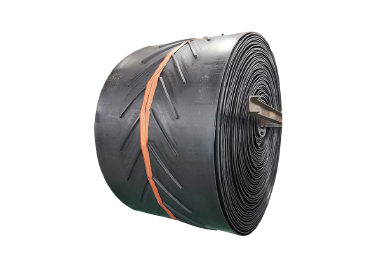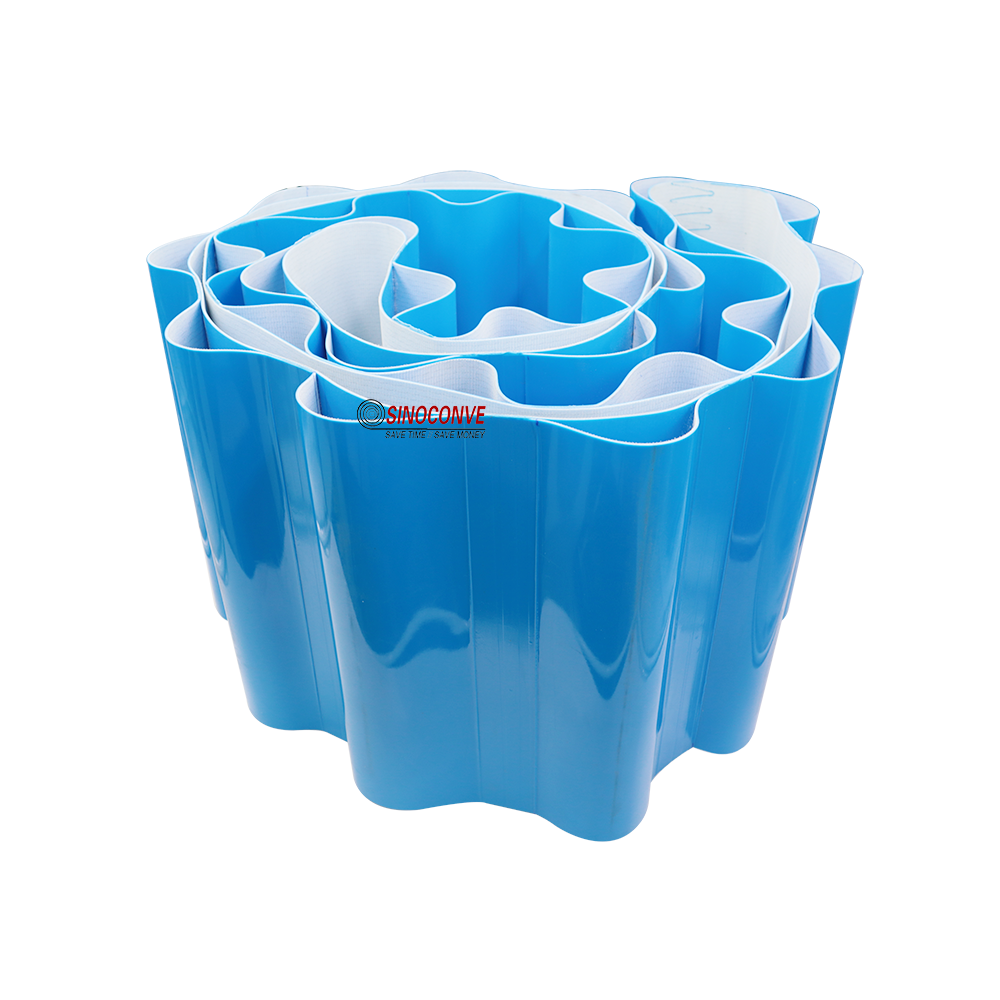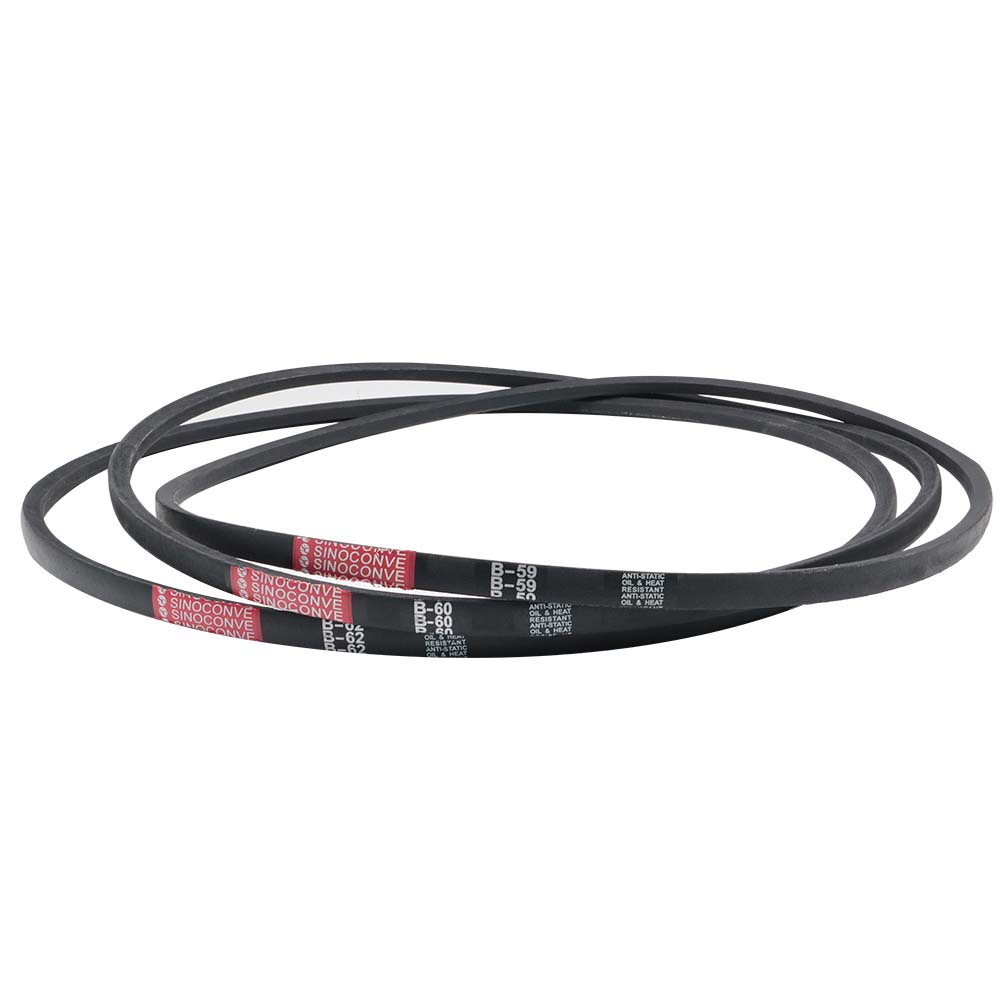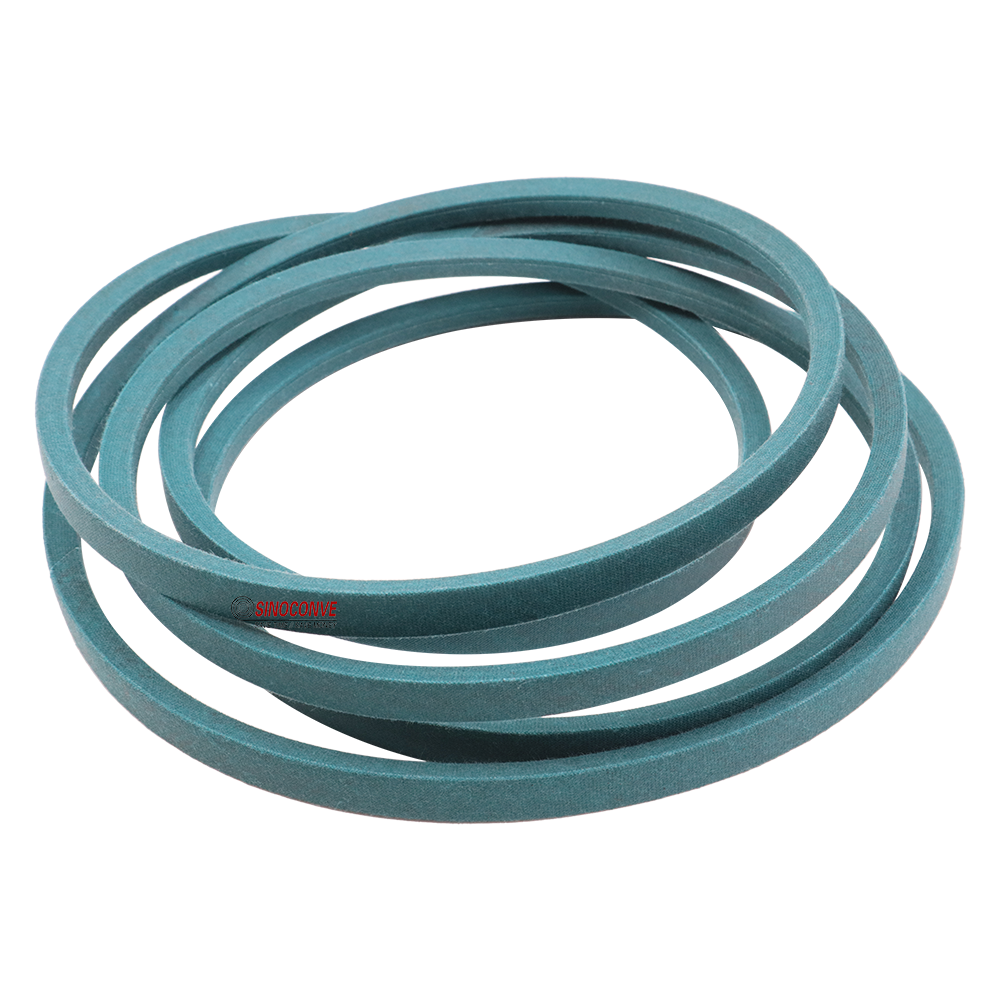Introduction to Auto EPDM Rubber Timing Belt
When it comes to maintaining optimal performance in your vehicles and machinery, the role of an Auto EPDM Rubber Timing Belt cannot be underestimated. This type of belt plays a crucial role in synchronizing the rotation of the crankshaft and camshaft, ensuring that your engine's valves open and close at the proper times during each cylinder's intake and exhaust strokes. With its advanced engineering and superior material composition, the Auto EPDM Rubber Timing Belt is designed to provide durability, precision, and longevity, making it a key component in the seamless operation of various industrial and automotive applications.
Features and Benefits of EPDM Timing Belts
EPDM Timing Belts are characterized by their high resistance to heat, oil, and water. The use of Ethylene Propylene Diene Monomer (EPDM) rubber ensures that these belts maintain their flexibility and integrity even under extreme temperature conditions. This feature makes EPDM Belts particularly well-suited for high-performance engines and demanding industrial machinery. Additionally, the robust tooth profile of the EPDM Timing Belt guarantees enhanced traction, reducing the likelihood of slippage and contributing to smooth and efficient operation.
The inclusion of durable fiberglass cords within the belt structure provides added strength, ensuring that the belt retains its shape and remains functional even when subjected to high tension. This aspect is crucial for maintaining the belt’s performance and reliability over time, minimizing wear and tear, and extending the lifespan of both the timing belt and the machinery it supports.
Choosing the Right Timing Belt for Your Needs
Selecting the appropriate timing belt, such as the Auto EPDM Rubber Timing Belt, involves considering several factors, including the specific application requirements, operating environment, and compatibility with existing machinery components. With the versatility of EPDM Timing Belts, they can be easily integrated into a variety of settings, from automotive engines to complex conveyor systems in industrial settings.
When choosing a timing belt, it is important to ensure that the belt's specifications, such as its size and tooth design, align with your system's needs. Additionally, understanding the temperature range and chemical exposure levels of your operating environment will help in determining the appropriate material composition for optimal performance and durability.
Conclusion
In summary, the Auto EPDM Rubber Timing Belt offers a reliable and efficient solution for precision timing needs across automotive and industrial domains. With its combination of advanced materials and innovative design features, this timing belt enhances operational efficiency, reduces maintenance demands, and extends the lifespan of machinery. Leveraging the benefits of EPDM Timing Belts in your applications ensures not only improved performance but also long-term reliability and cost-effectiveness, making it an indispensable component in today's technologically advancing industrial landscape.

